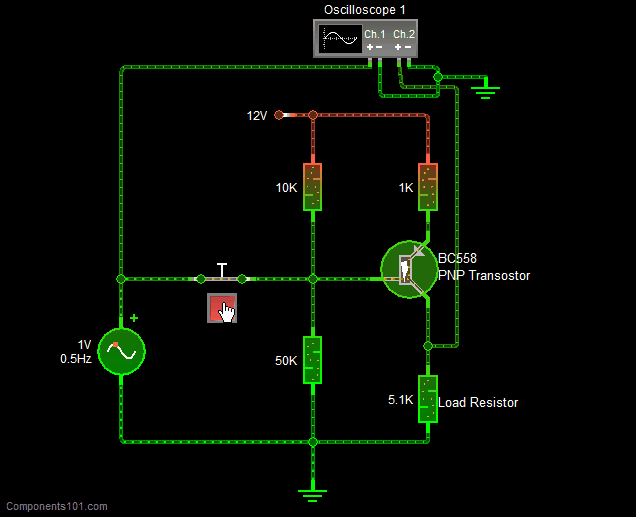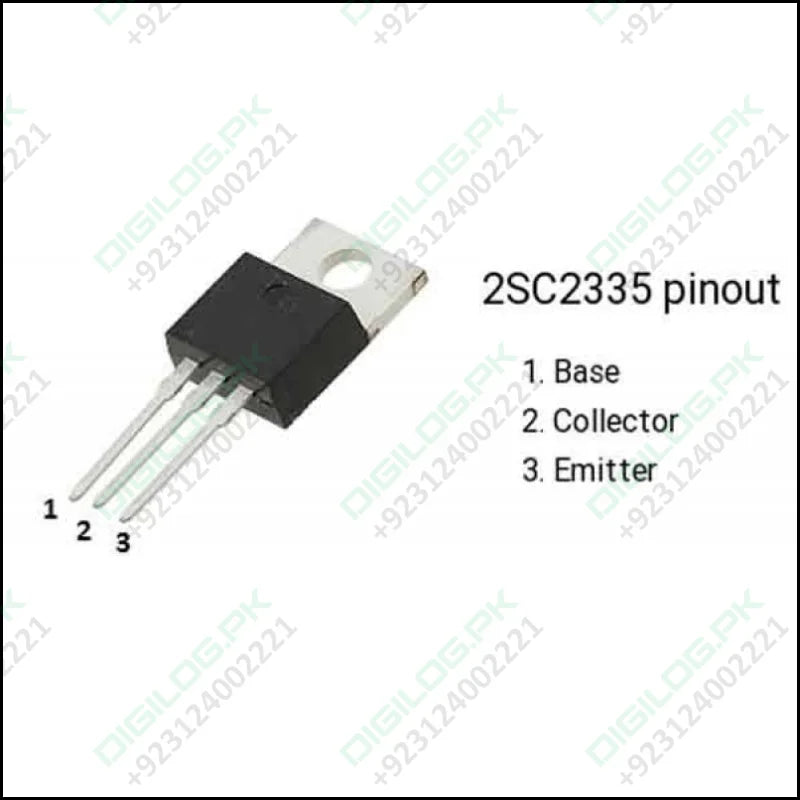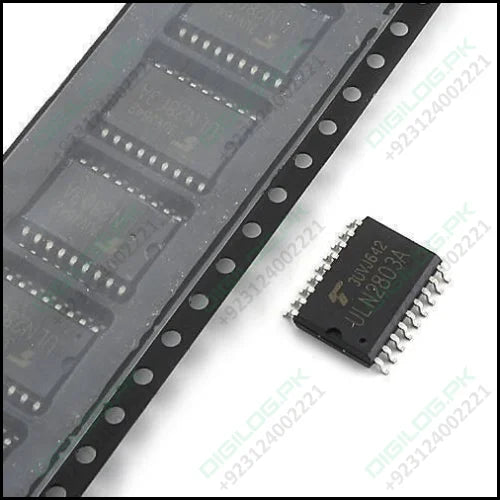Subtotal: ₨1,200
BC558 is a PNP transistor hence the collector and emitter will be closed (Forward biased) when the base pin is held at ground and will be opened (Reverse biased) when a signal is provided to base pin. This is where a PNP transistor differs from a NPN transistor.
BC558 has a gain value of 110 to 800; this value determines the amplification capacity of the transistor. The peak current that could flow through the Collector pin is 200mA, this combined with the high gain value makes it an ideal choice for audio amplification applications.
When this transistor is fully biased then it can allow continues current of 100mA to flow across the collector and emitter. This stage is called Saturation Region and the typical voltage allowed across the Collector-Emitter (VCE) or Base-Emitter (VBE) could be 200 and 900 mV respectively. When base current is removed the transistor becomes fully off, this stage is called as the Cut-off Region and the Base Emitter voltage could be around 660 mV.
Features:
- Bi-Polar PNP Amplifier Transistor
- DC Current Gain (hFE) is 800 maximum
- Continuous Collector current (IC) is 100mA
- Peak Collector current (Ic) is 200mA
- Emitter Base Voltage (VBE) is 5V
- Base Current(IB) is 200mA peak
- Available in To-92 Package
BC558 as switch
When a transistor is used as a switch it is operated in the Saturation and Cut-Off Region as explained above. As discussed a transistor will act as an Open switch during Forward Bias and as a closed switch during Reverse Bias, this biasing can be achieved by supplying the required amount of current to the base pin. A resistor is always added in series with base pin to limit the base current. The value of this resistor (RB) can be calculated using below formulae.
RB = VBE / IB
Where, the value of VBE should be 5V for BC558 and the Base current (IB) depends on the Collector current (IC).

Also note that a PNP transistor is always used for high side switching, meaning the collector is connected to power and emitter to load that is to be switched.
BC558 as Amplifier
A Transistors acts as an Amplifier when operating in Active Region. It can amplify power, voltage and current at different configurations.
Some of the configurations used in amplifier circuits are
- Common emitter amplifier
- Common collector amplifier
- Common base amplifier
Of the above types common emitter type (which amplifies voltage) is the popular and mostly used configuration. The BC558 because of this large gain value is normally used to as a audio amplifier. Where an input signal of low voltage is amplified (switched) to high voltages t0 drive loads like speakers. In the below GIF you can notice the transistor being switched for a low voltage (1v) audio signal

When uses as an Amplifier the DC current gain of the Transistor can be calculated by using the below formulae
DC Current Gain = Collector Current (IC) / Base Current (IB)
Applications
- Build simple audio circuits
- General purpose amplifier
- Driver Modules like Relay Driver, LED driver etc..
- Amplifier modules like Audio amplifiers, signal Amplifier etc..
- Darlington pair
2D model of the component
If you are designing a PCB or Perf board with this component then the following picture from the Datasheet will be useful to know its package type and dimensions.

Component Datasheet
Based on 0 reviews
Only logged in customers who have purchased this product may leave a review.

 Tcs3200 Color Sensor Module In Pakistan
Tcs3200 Color Sensor Module In Pakistan 








There are no reviews yet.